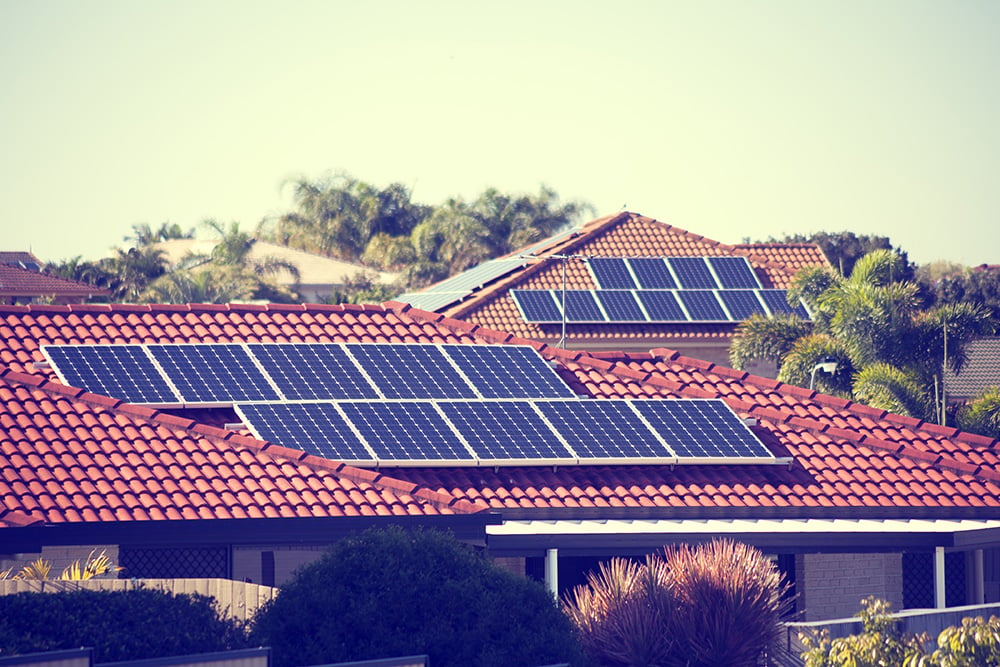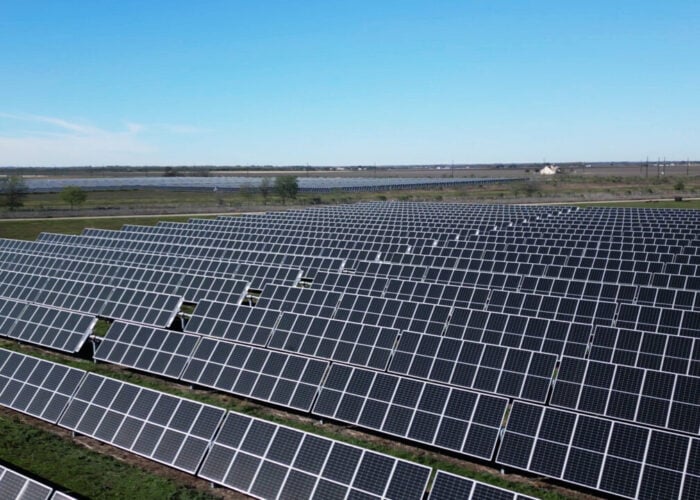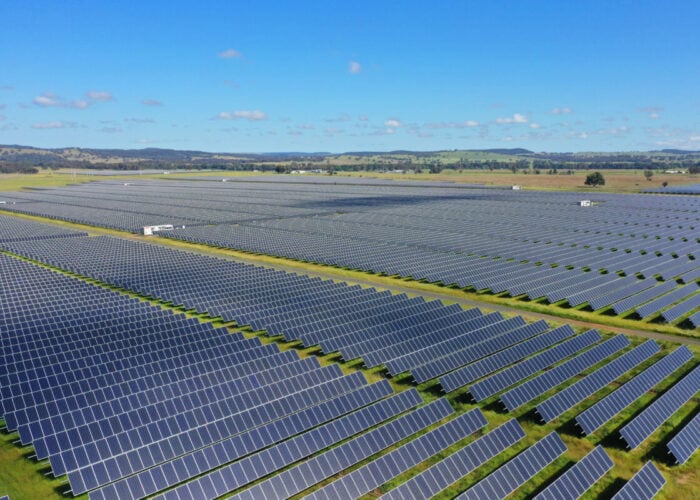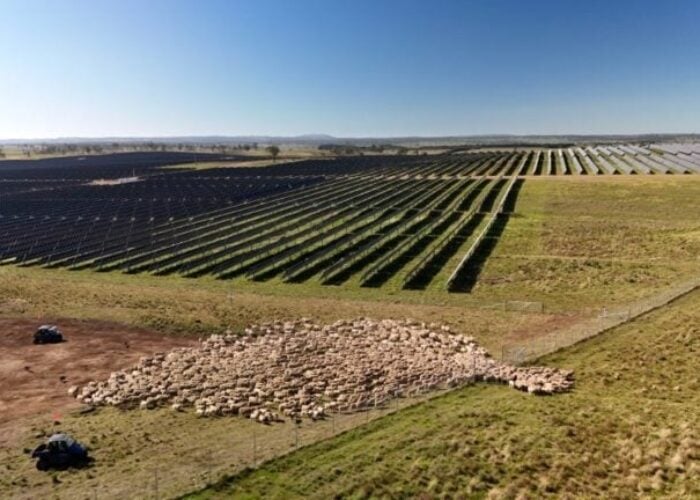
The rapid uptake of rooftop solar in southwest Australia is significantly shifting peak demand periods to later in the day as the sun sets, according to analysis from the Australian Energy Market Operator (AEMO).
Estimates suggest that rooftop PV reduced 2016/17’s peak demand in the South West Interconnected System (SWIS) by 7.2% to 3,670MW on 1 March this year, which is the lowest summer peak in eight years.
Unlock unlimited access for 12 whole months of distinctive global analysis
Photovoltaics International is now included.
- Regular insight and analysis of the industry’s biggest developments
- In-depth interviews with the industry’s leading figures
- Unlimited digital access to the PV Tech Power journal catalogue
- Unlimited digital access to the Photovoltaics International journal catalogue
- Access to more than 1,000 technical papers
- Discounts on Solar Media’s portfolio of events, in-person and virtual
Or continue reading this article for free
The estimates were part of AEMO’s 2017 Electricity Statement of Opportunities (ESOO) for the Wholesale Electricity Market (WEM).
AEMO’s executive general manager, Western Australia, Cameron Parrotte, said: “The rapid adoption of rooftop solar is not only slowing annual operational consumption growth but also eroding the mid-day grid demand and shifting peak demand to later in the day.”
The operator also expects an on-going strong growth in rooftop installations and further shrinking of electricity demand in the middle of the day.
Parrotte said this would result in “in a rapid increase in demand in the lead up to the evening peak once the sun sets.”
The resulting ‘duck curve’ in the load profile then requires generation to start up and shut down more often and in shorter spaces of time. AEMO said this could mean thermal generators face higher operational costs as well as reduced demand.
“Market and system reforms will need to be put in place to maintain system security and enable this transition at the lowest cost to consumers,” added Parrotte.
The comments come at a critical point in Australia’s power history following the release of Finkel Review on the energy market last week, which recommends adopting a Clean Energy Target (CET) and introducing energy security obligations for new large-scale renewable energy plants.







